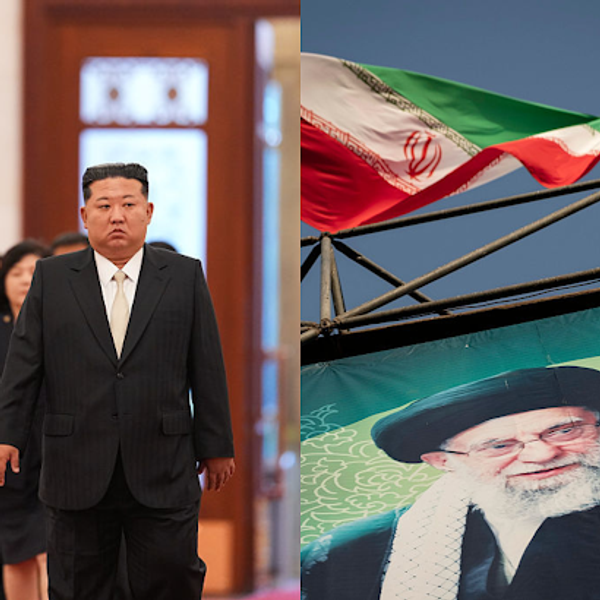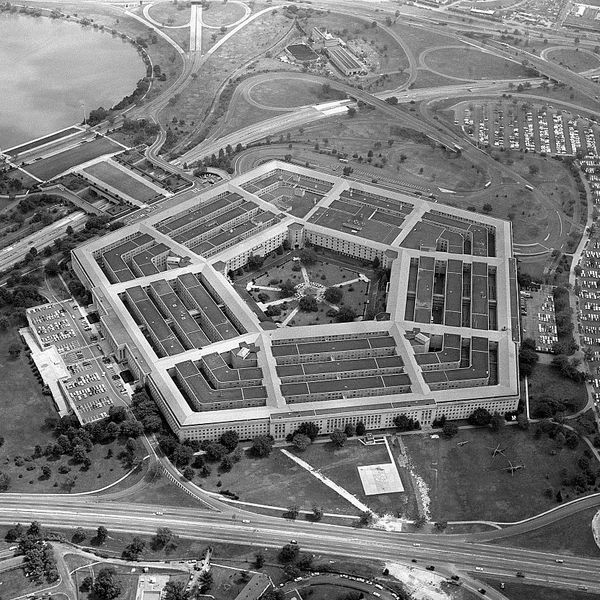OPINION — The Trump administration’s year-old plan to vastly increase future production of plutonium pits, the triggers of thermonuclear weapons, caught my attention just days ago when its high cost was mentioned in a section of the August 23, Congressional Budget Office (CBO) analysis of the Senate-passed version of the fiscal 2020 Defense Authorization Bill.
This questionable, but little discussed, multi-billion-dollar, Trump plan was generated by the 2018 Nuclear Posture Review, which called for “the enduring capability and capacity to produce plutonium pits at a rate of no fewer than 80 pits per year by 2030.”
Currently, the National Nuclear Security Agency (NNSA), which manages the U.S. nuclear weapons complex, has reported three or four plutonium pits are produced annually at the Los Alamos National Laboratory in New Mexico which currently has the capacity to increase that rate to 10 pits.
The Trump 2030 plan calls for 30 pits to be produced at Los Alamos National Laboratory and the additional 50 at NNSA’s Savannah River plant in South Carolina, using a facility that until last year had been involved in the now halted MOX program to dispose of excess plutonium.
On the basis of information from NNSA, CBO estimated that one-time costs of $4.3 billion would be needed over the 2020-2024 period and $6.8 billion overall to increase production by 2030 to 80 plutonium pits each year, using those two sites.
Upgrading the Los Alamos facility to produce 30 pits annually would cost $2.3 billion, according to CBO. Improving the Savannah River site, CBO estimated would cost $2 billion over the 2020-2024 period and another $2.5 billion to complete by 2030.
While the Senate has approved the Trump pit proposal, the Democratic-controlled House version of the fiscal 2020 Defense bill calls only for upgrading Los Alamos to be capable of producing 30 pits by 2026.
The pit, found in every U.S. thermonuclear weapon, contains a hollow shell of plutonium clad in a corrosion-resistant metal, which is surrounded by chemical explosives. When detonated, the explosives compress the plutonium into a supercritical mass creating the first-stage fission explosion that initiates the second stage of a hydrogen bomb.
Almost all pits in the current U.S. nuclear weapons stockpile were manufactured at the Department of Energy’s Rocky Flats Plant in Colorado, which was shut down in 1989 because of violations of safety and environmental regulations.
Out of necessity, between 1998 and 2006, some 20 plutonium pits were produced at Los Alamos for the last of the W-88 warheads that are carried on the Trident II (D-5) submarine-launched ballistic missile.
At that time, the belief was that pits should be replaced after 45 to 60 years, based on previous studies of plutonium changes.
However, a scientific study jointly finished in 2007 by the Los Alamos and Lawrence Livermore National Laboratories found that most plutonium pits in the stockpile “have credible minimum lifetimes in excess of 100 years as regards aging of plutonium; those with assessed minimum lifetimes of 100 years or less have clear mitigation paths that are proposed and/or being implemented,” according to a January 2007, Mitre Corporation study of the Los Alamos/Livermore assessment.
So why do we need so many more pits in the future?
Back in 1996, when the U.S. was looking at maintaining 3,500 deployed strategic nuclear warheads, the Clinton administration’s Energy Department set future production of up to 80 pits a year would eventually be needed. Nothing further was done.
The George W. Bush Energy Department in 2003 adopted the 80 pits goal and proposed construction of a new Modern Pit Facility, which they said would cost from $2 billion to $4 billion to construct.
By that time, however, the deployed strategic warhead number by treaty was down to 2,200. But the Bush plan included producing a new earth-penetrating, tactical nuclear bomb and the Reliable Replacement Warhead, both of which may have required a new type of plutonium pit.
Under the Obama administration, plans were to raise pit production capability at Los Alamos to 20 with a later capability to go to 50, but no more than that was thought at that time to be needed.
NNSA’s fiscal 2016 Stockpile Stewardship and Management Plan, under Obama, called for increasing Los Alamos’ capability to producing 10 pits per year in fiscal year 2024 to 30 pits per year in fiscal year 2026.
Today, under the current treaty with Russia, the limit on deployed strategic nuclear warheads is down to 1,550. However, that agreement runs out in February 2021, and to date there is no apparent movement to extend it for five years as the treaty contemplates.
The Trump plan, if it goes forward, would set pit production at the level first mentioned when the U.S. had 3,500 strategic warheads deployed, and almost double the production level approved under the Obama administration.
The Trump plan, included in the Senate Defense Authorization bill, also includes at least two new nuclear weapons – one for a new, low-yield warhead for the sub-launched, Trident ballistic missile and another for a new, nuclear sub-launched, intermediate-range, cruise missile. The House eliminated funds sought for both programs and instead requested the Government Accountability Office provide a report on the need for both programs.
Another possible need for new pit production may be that the pit for the warhead being planned for the new ground-based ICBM, called W87-1 by NNSA, is said to have a different design than the one on today’s ICBMs.
When Congress returns this week, House and Senate conferees will meet to reconcile differences on the defense authorization bill. In effect, they also will be making critical decisions on the future of the nation’s nuclear weapons program.
Read more national security opinion, news and insight in The Cipher Brief













